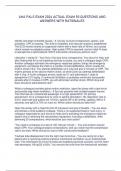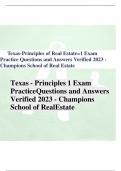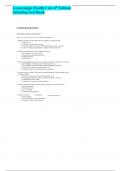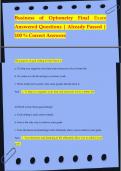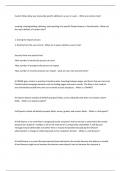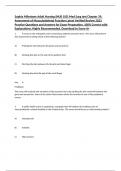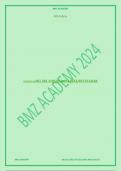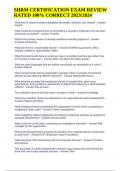Exam (elaborations)
AHA PALS EXAM 2024 ACTUAL EXAM 50 QUESTIONS AND ANSWERS WITH RATIONALES Identify and treat reversible causes - A 7yo boy is found unresponsive, apneic, and pulseless. CPR is ongoing. The child is intubated, and vascular access is established. The EC
- Course
- Institution
AHA PALS EXAM 2024 ACTUAL EXAM 50 QUESTIONS AND ANSWERS WITH RATIONALES Identify and treat reversible causes - A 7yo boy is found unresponsive, apneic, and pulseless. CPR is ongoing. The child is intubated, and vascular access is established. The ECG monitor shows an organized rhythm wi...
[Show more]
